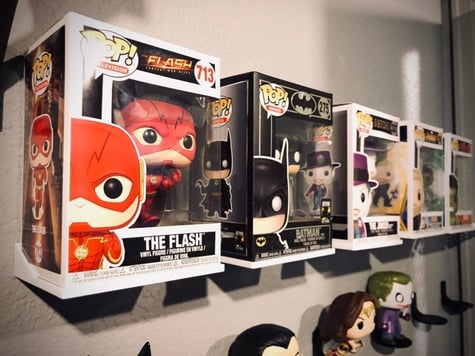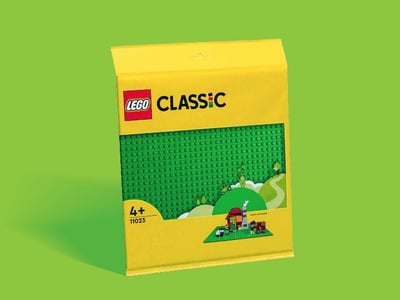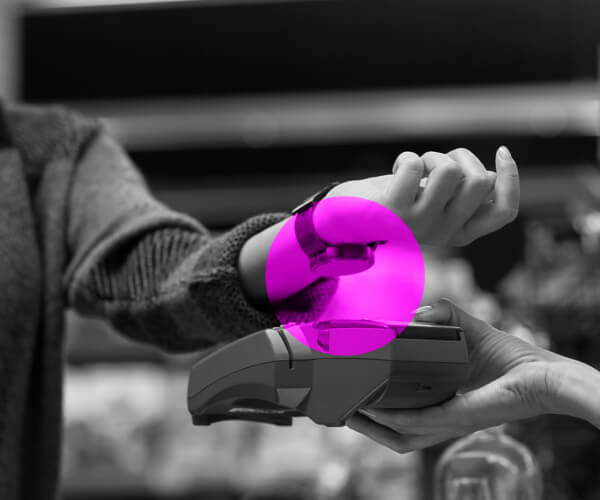The world of consumer-packaged goods is facing many challenges as a result of the current state of the world – macroeconomic, logistical, and social levers are resulting in a never-ending series of pushes and pulls that may make solving even the simplest of business issues feel like squaring off with a complex Rubik’s cube. An issue that comes up time and again is sustainability – it’s on the tip of everyone’s tongue and the front of everyone’s mind. But whose responsibility is it? In the eyes of the consumer, it is generally the manufacturer. This makes sense, as it stands to reason that large corporations have both the resources and footprint to affect macroenvironmental change in a way that an individual citizen never could. But will consumers pay for it?
The answer is likely no. For all the work that companies put in to tout their efforts, consumers are seeing this as the bare minimum – table stakes for earning their dollar. Behaviorally’s OmniPath® research uncovers an interesting conundrum. When asked point-blank about sustainability, consumers will almost always answer in the affirmative that this is of course incredibly important. However, sustainability and environmental measures score as low-import drivers of Selection when put up against other factors like efficacy, price, brand superiority, etc. This puts the onus back on the manufacturer. Increasingly aware of greenwashing, consumers are expecting brands to do the right thing solely BECAUSE it is the right thing.
Toy manufacturers face a twofold issue – not only has plastic been heavily involved in the packaging of many dolls, action figures, and licensed characters for years, but oftentimes, the products themselves are made heavily from plastic. This amplifies the need for the toymakers to not only make haste in changing their packaging, but oftentimes the way they manufacture their very offering. This is even more important for the Toy industry as users are mostly kids – future generations, more sensitive to environmental issues than their parents as sustainability is higher up on school’s curriculum. Consider also the durability of the product as some toys are used once before being thrown away: these may be loved by kids but belong to the most unsustainable models.
Different ideas may work in different toy subsegments. When looking to remove plastic from a doll package, an entirely enclosed cardboard structure could be the best option. Behaviorally’s research confirms this – an enclosed package can increase associations of premiumness and be more Seductive by conveying a modern, environmentally conscious product and brand. Accessories for the doll are often important purchase considerations seen as a Benefit, and a fully enclosed pack showing pictures of all the accessories therein can maintain perceptions of value. A partially open window may showcase the doll but obscure some of the accompanying accessories – if taking this route, make sure all the contents are visible, making it more Shoppable.
Plush toys and action figures, however, can benefit from the open window. Plush toys benefit in that it allows for tactile interaction in store. Consumers want to be able to feel the toy and know that the materials are soft and of high quality. A window on an action figure serves a different purpose entirely. Consider the audience here – there are a high percentage of consumers in this subsegment that aren’t your average tike!
 Many older collectors of action movie and comic book franchises are willing to pay a premium for highly articulated replicas of their favorite characters. Oftentimes, these figures will never leave the box, but rather be displayed on a wall or in a case. As such, the packaging can delight by displaying the figure and ensuring a prospective buyer that the contents therein are of pristine condition. However, there is a gentle tightrope to walk here, as it was noted that an open window introduces the fear that the figure may not be as well protected from damage, which may be a Barrier to being Selected. What about the toys themselves? What can manufacturers do to limit the usage of non-sustainable materials from their very products?
Many older collectors of action movie and comic book franchises are willing to pay a premium for highly articulated replicas of their favorite characters. Oftentimes, these figures will never leave the box, but rather be displayed on a wall or in a case. As such, the packaging can delight by displaying the figure and ensuring a prospective buyer that the contents therein are of pristine condition. However, there is a gentle tightrope to walk here, as it was noted that an open window introduces the fear that the figure may not be as well protected from damage, which may be a Barrier to being Selected. What about the toys themselves? What can manufacturers do to limit the usage of non-sustainable materials from their very products?
Over the past years there have been many initiatives driven by multiple manufacturers and Toy retailers to minimize the environmental impact of this industry. It started with implementing recycling schemes to make the collection of packaging and product assets easier. But this was just the beginning. More and more initiatives were introduced, not just by the top brands, in order to create products and packaging that are recyclable. It is surely a complex issue as the entire supply chain is concerned, from product design to wastage. That said, shoppers are more sensitive to the environmental challenge than ever, and such investments are relevant both in the short and long run. Many have taken the leap!
 This includes the launch of the first Barbie made from recycled ocean-bound plastic last year to LEGO using paper rather than plastic for their packaging and downsizing it. The reality is that every small initiative leading in a more sustainable direction can make a difference. Even just reducing pack size by 10% is better than status quo.
This includes the launch of the first Barbie made from recycled ocean-bound plastic last year to LEGO using paper rather than plastic for their packaging and downsizing it. The reality is that every small initiative leading in a more sustainable direction can make a difference. Even just reducing pack size by 10% is better than status quo.
Ultimately the paradigm shift is about thinking beyond volume and margin – and about rethinking the consumption model to generate new opportunities. What more can be unlocked in the toy consumer experience? What additional services or touchpoints can be used to engage with content via movies, series, or gaming? Now is the time to reframe opportunities and take a step back – asking ourselves, “would I do it the same way if I was to develop this product/packaging today?” Surely it is not as easy as solving a Rubik’s Cube and there are many barriers, but there must be more benefits in doing what is right.
At Behaviorally, we help clients make better decisions by measuring how motivating your activation is to the shopper (conveying Benefits) and identifying if there are physical and psychological barriers that may stop them from purchasing. If you want to know more about how we can help your brand be more sustainable, please contact our team today.
THE AUTHORS
 Stephen Honovich has almost ten years in the research field but looks back fondly at the time he spent in his childhood home playing with GI Joes and Ninja Turtles. He has an affinity for the toy industry but also cares for the planet and wants to make sure there is a future in which kids of all ages get to play with fun, sustainably manufactured and packaged versions of his own childhood favorites. He frequently writes about the nutrition and wellness space. Connect with him on LinkedIn!
Stephen Honovich has almost ten years in the research field but looks back fondly at the time he spent in his childhood home playing with GI Joes and Ninja Turtles. He has an affinity for the toy industry but also cares for the planet and wants to make sure there is a future in which kids of all ages get to play with fun, sustainably manufactured and packaged versions of his own childhood favorites. He frequently writes about the nutrition and wellness space. Connect with him on LinkedIn!

Damien Arrouas is VP of Market Development covering France and Southern Europe at Behaviorally applying his Behavioral Science knowledge to help clients win more transactions. With about 20 years research experience, Damien partnered with multiple companies to deliver sustainable growth to their brands. Over the recent years he has been working specifically for the fascinating Toys/Entertainment industry and deeply believe that we get older only when we stop playing. Connect with him on LinkedIn!
